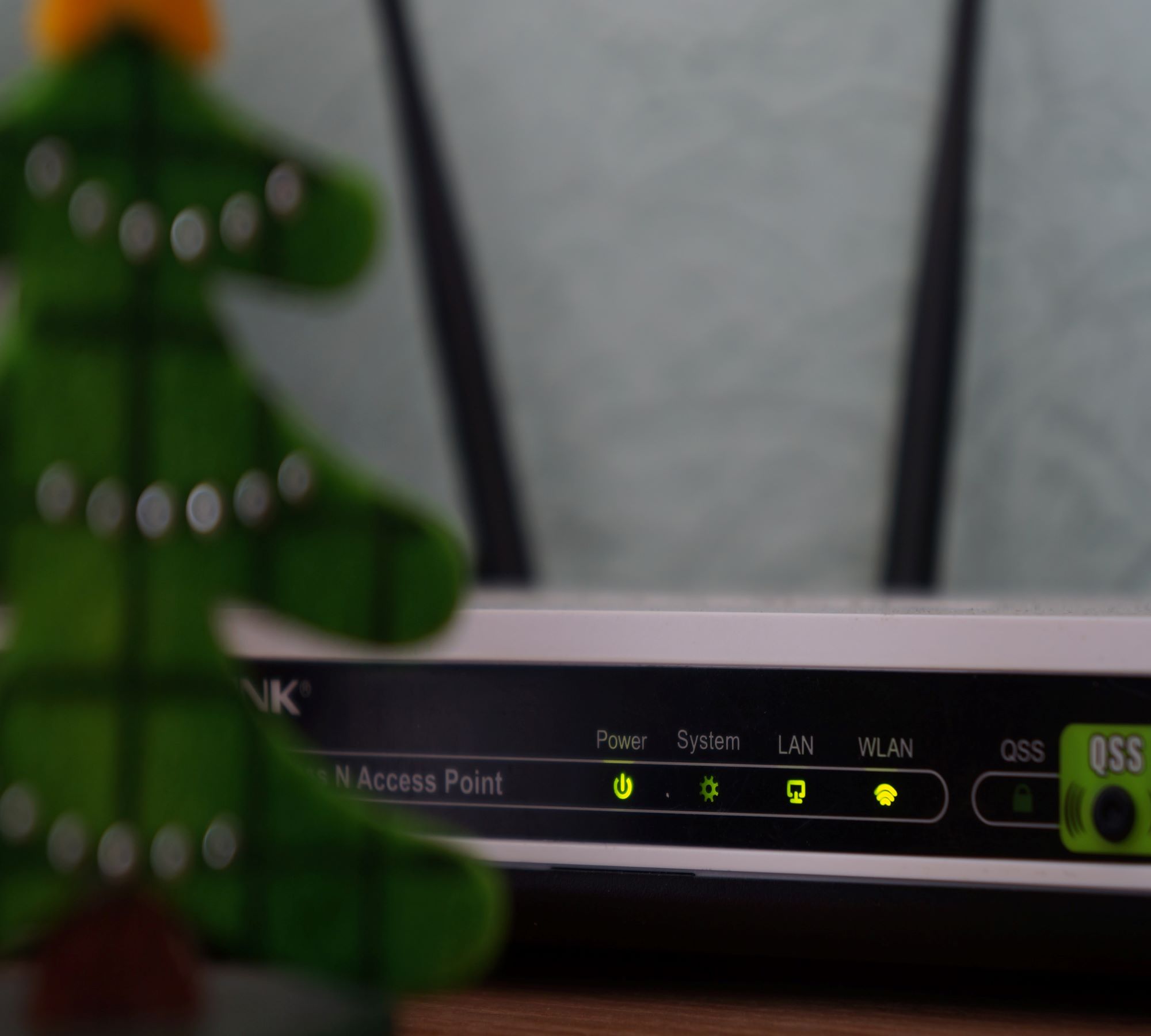Wi-Fi is a wireless networking technology that allows devices such as computers (laptops and desktops), mobile devices (smart phones and wearables), and other equipment (printers and video cameras) to interface with the Internet. It allows these devices–and many more–to exchange information with one another, creating a network.
Wi-Fi uses multiple parts of the IEEE 802 protocol family and is designed to interwork seamlessly with its wired sibling Ethernet. Compatible devices can network through wireless access points to each other as well as to wired devices and the Internet. The different versions of Wi-Fi are specified by various IEEE 802.11 protocol standards, with the different radio technologies determining radio bands, and the maximum ranges, and speeds that may be achieved. Wi-Fi most commonly uses the 2.4 gigahertz (120 mm) UHF and 5 gigahertz (60 mm) SHF radio bands; these bands are subdivided into multiple channels. Channels can be shared between networks but only one transmitter can locally transmit on a channel at any moment in time.
A chord, usually a fibre cable or analog line. This connects an internet source, like a broadband mode.
The WiFi router is the medium which receives the internet connection via a wide area network (WAN) port.
The WiFi router gives off wireless signals via radio waves to a card or an adapter in a computer, phone, or other devices to establish two-way communication.
Typically, there are three types of wireless networking systems deployed. It is important to understand the suitability of each WiFi network for effective deployment:
Centralised Deployment – If there are a cluster of buildings and networks bunched closed to each other, centralised deployment of wireless network system is used. This deployment consolidates the wireless networks since the controllers are installed in a central location. Centralised deployment is typically applied in campuses wherein it is easier to upgrade and enable advanced wireless functionality through a central location.
Converged Deployment – This type of deployment converges the wired and wireless networks in one device, by using an access switch. The access switch acts as both a switch and wireless controller, giving users consistency in their wired and wireless connections. Typically, companies having branch offices deploy this type of network system.
Cloud-based Deployment – This deployment uses the cloud to manage network devices. Dashboards are used to manage the devices at different locations. Since cloud services are used, all devices are visible to anyone having access to the dashboard. STL has created a future-ready platform, the WiFi Service Management Platform, consisting of Authentication, Billing, Captive Portal, Location-aware Services, Subscriber Analytics, Mobile App and Integration with Mobile Core. The solution is extremely user friendly and supports new business models along with various readuse cases for smart cities and telecom operators. These solutions have sizeable presence among service providers and have been deployed in over 3500+ WiFi network in over 60 countries including smart cities, hotels, airports and other public WiFi hotspots.





















































